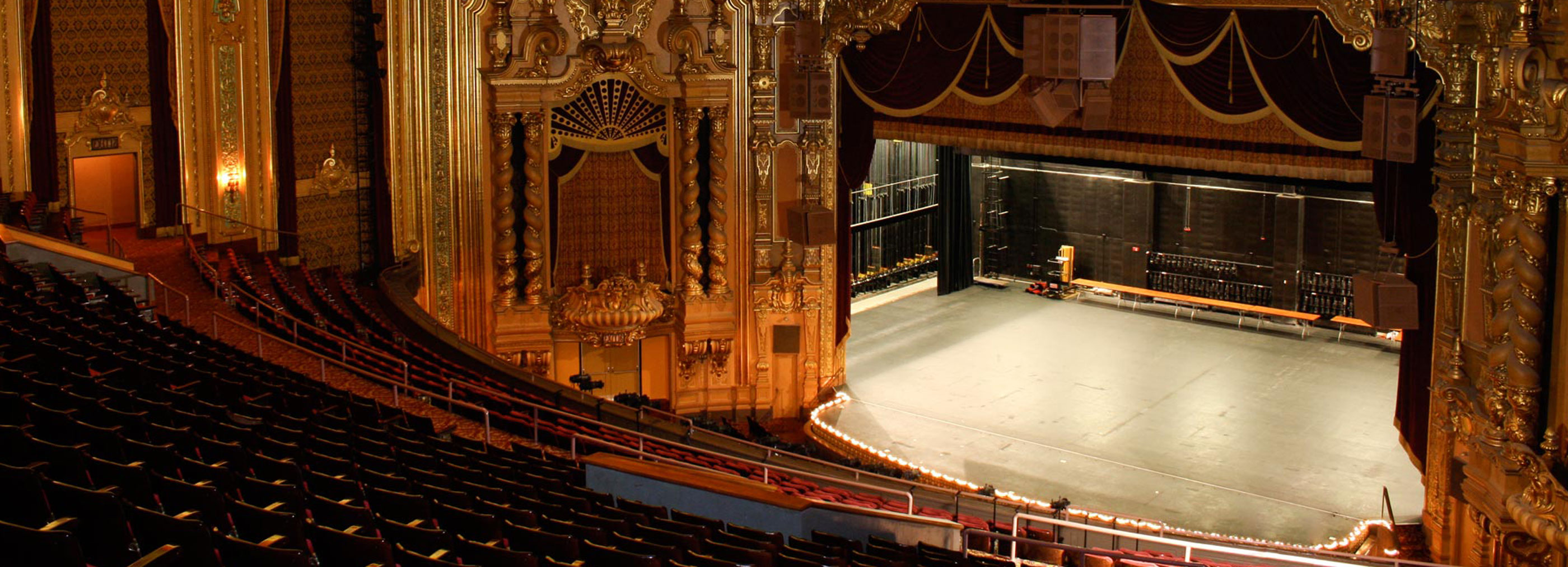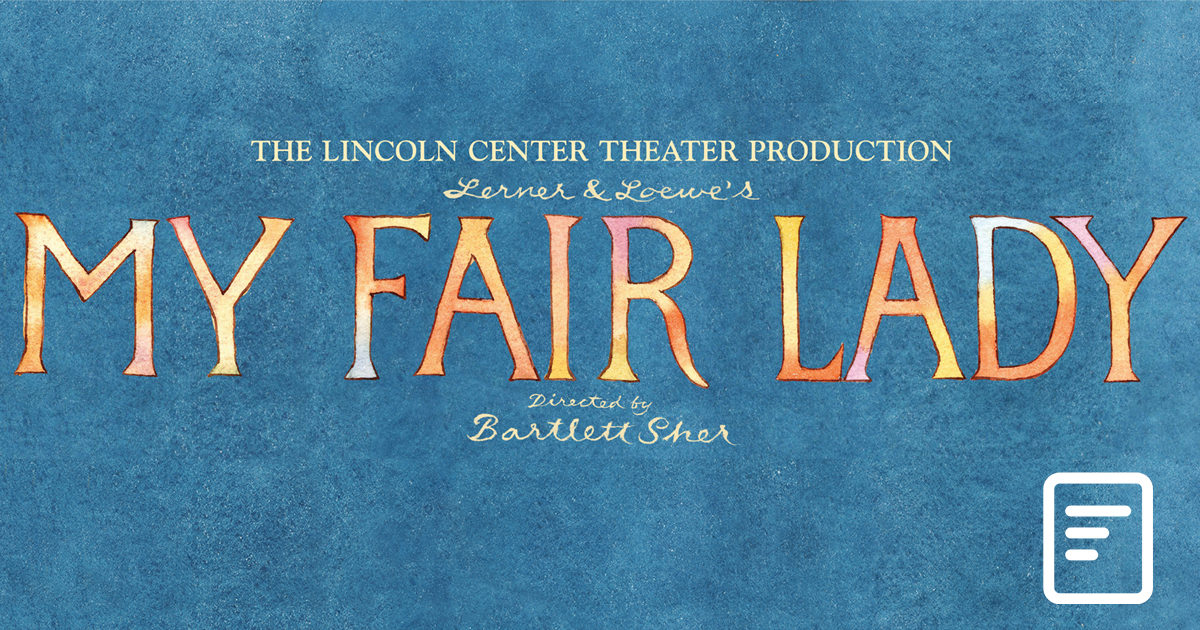My Fair Lady and It’s Makeover
Americans love a good makeover. If you doubt it, there have been more than a dozen reality TV shows and countless magazines – most, but not all, geared to women – showcasing the benefits of transformation: new clothes, new makeup, new grooming, new hairdo and, voila, a new you. These external changes might seem superficial, but it’s apparent to anyone who’s ever caught an episode of “What Not to Wear” or “Queer Eye” that the experience tends to boost self-esteem and is usually empowering.
The great playwright George Bernard Shaw perhaps realized the ramifications of a makeover better than anyone. He understood that in England’s rigid class society, a truly life-changing transformation could not be attained passively. It required much more than improving one’s apparel and appearance, though both of those were important. Upward mobility, he believed, could only be achieved if one had the intelligence, tenacity, and commitment to learn how to speak “proper” English.
In his preface to Pygmalion, the funny, wickedly insightful play (1913) that inspired Alan Jay Lerner and Frederick Loewe’s beloved musical My Fair Lady, Shaw made the claim that his work about a professor who transforms a Cockney flower girl into a lady was essentially about phonetics. For Lerner, My Fair Lady was squarely about the relationship between Henry Higgins and Eliza Doolittle, but Shaw’s perspective infuses much of the musical. Lerner, who wrote the book as well as the lyrics, borrowed liberally – and sometimes verbatim – from Shaw. As Higgins says in both works (with just a few minor changes), “What could possibly matter more than to take a human being and change her into a different human being by creating a new speech for her? Why, it’s filling up the deepest gulf that separates class from class, soul from soul.”
My Fair Lady is often referred to as a Cinderella story because, at least figuratively, it’s a rags-to-riches tale: Eliza goes from being a “guttersnipe” to a woman mistaken for a princess. But in traditional Cinderella stories, the heroine is the recipient of magic and good fortune: a fairy godmother enables her, a prince sees her and falls in love. She wishes, and things happen. But My Fair Lady is more complex: Eliza is the driving force. It is she who comes to Higgins to request speech lessons after he says, in their first encounter in Covent Garden, that in six months he could “pass her off as a duchess” or find work for her in a shop, “which requires better English.” It is Eliza’s determination to one day be “a lady in a flower shop” that brings her to Higgins’ door. And despite his bullying and his flashes of heartlessness, she works diligently to achieve her dream.
For Bartlett Sher, who directed the critically acclaimed Lincoln Center Theater production of My Fair Lady now touring the country, it was important to focus the story more on Eliza than Higgins. “Essentially, we track her journey,” he says. “I tended to think that My Fair Lady had come to be dominated by Higgins, and I felt we had to re-center the piece around the person who, in plot terms, you really follow, which is Eliza. So, a lot of the work, including the design work, went into repositioning the show behind her. We open on Eliza, we follow her, we go with her to the house.”
Sher, who also directed luminous revivals of South Pacific and The King and I, has a gift for imbuing classic musicals with a contemporary perspective, honoring the original production while compelling audiences to see the piece with fresh eyes. Lerner and Loewe’s wonderful score, which includes the likes of “Wouldn’t It be Loverly?,” “The Rain in Spain,” “I Could Have Danced All Night,” “Get Me to the Church on Time,” “I’ve Grown Accustomed to Her Face,” and “On the Street Where You Live,” is performed by a full-sized orchestra playing the 1956 arrangements by Robert Russell Bennett and Phil Lang. “We want people to hear the songs as they were written,” says Sher. The sets and Tony Award-winning costumes are lavish. The script has been slightly tweaked, with small cuts and the addition of some dialogue from Pygmalion, mostly, Sher says, to strengthen some of the arguments made by Alfred P. Doolittle, Eliza’s father, who also undergoes a makeover, from dustman to in-demand philosopher.
In approaching My Fair Lady, Sher wanted to acknowledge more of Shaw’s vision. Lerner was a romantic, Shaw was not. In the play, unlike the musical, Eliza does not return to Higgins. “It’s very critical to understand how much Shaw wanted to write a new kind of drama,” says Sher. “He really believed that drama can change the world, and you see that in Pygmalion. It’s both a comedy and an extraordinary play of ideas. The life of a flower seller was extremely grim. The class system was so rigorous and so enforced that it could prevent equality. And Shaw presents a sociological experiment: ‘I can take this girl who is the lowest class, and I can transform her language and put her in the upper class and she’ll be completely accepted.’ This was a great and revolutionary idea for a drama and was considered a radical departure from plays that came before.”
Sher’s ending for his production of My Fair Lady was inspired not just by Shaw’s original intent, but by twenty-first century sensibilities. At the end of the show – spoiler alert – after Eliza returns to Higgins’ house and they exchange the familiar lines, she walks out.
“She’s going into the future,” says Sher. “It doesn’t mean they’re not going to be close. But in this day and age, we can’t suggest she has no agency over her own life.”
Younger audiences, in particular, are thrilled to see Eliza take command of her life, and that delights Sher. “Young women coming to see the show now have the chance to engage with one of the great characters in dramatic literature and musical theater history and see how powerful and extraordinary a model she is. And that’s very special.”



